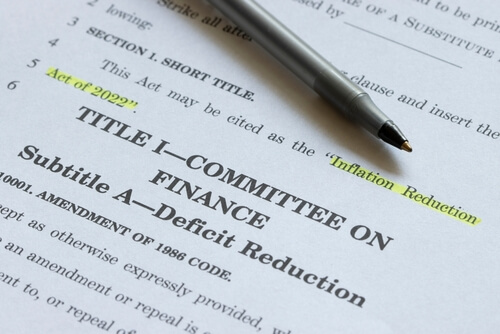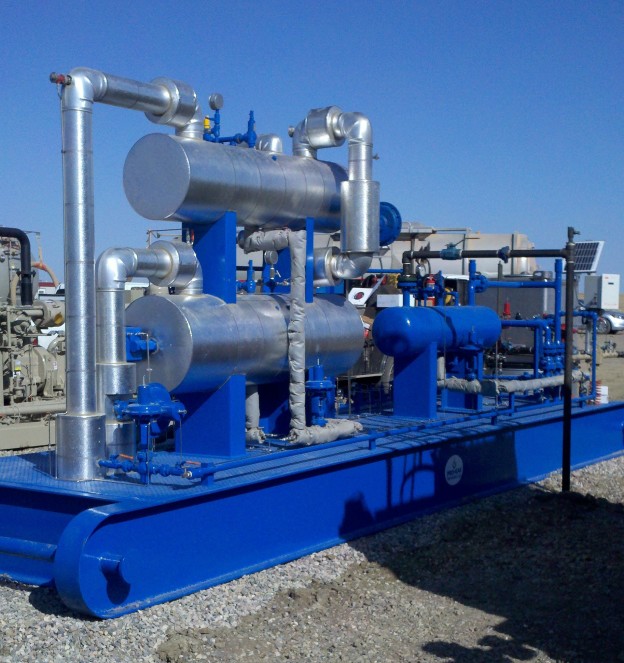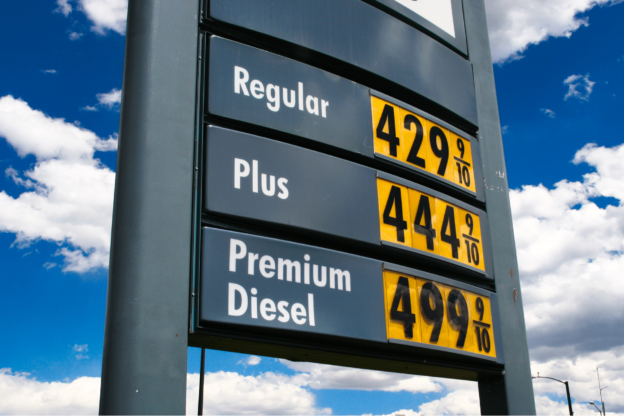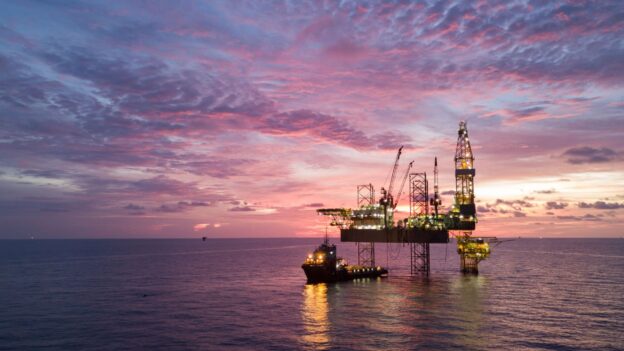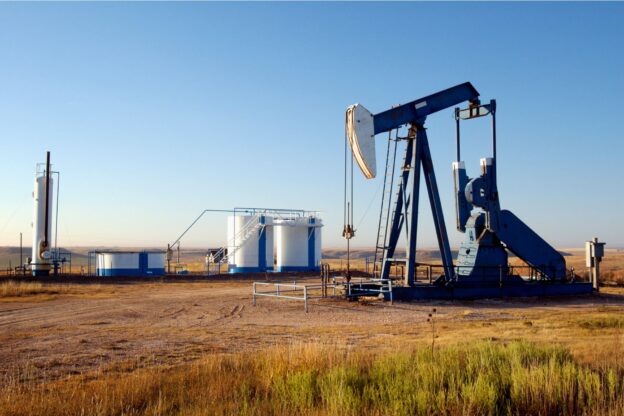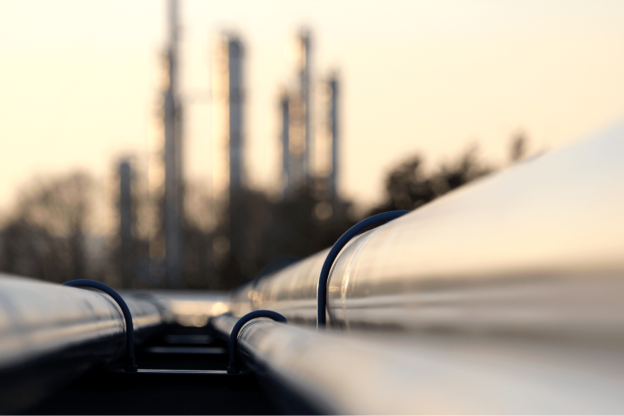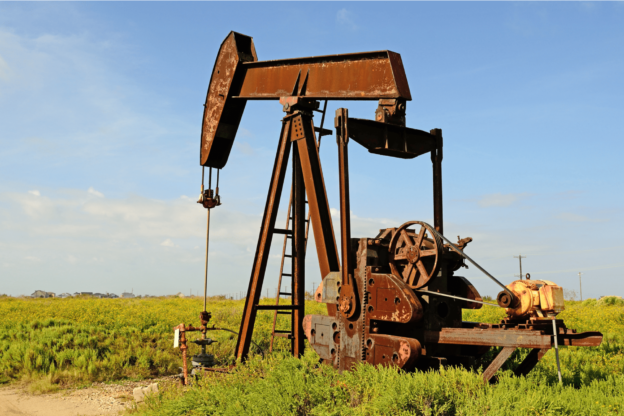The oil and gas industry is one that has a bad reputation for inefficient energy use. Yet, in recent years, many industry leaders have turned their attention to greener practices and greater energy efficiency.
The goal of providing a cleaner production process for the goods our customers rely on is a hefty one but is one that we believe is possible through worksite adjustments and industry oversight.
If you’re ready for your oil and gas facility to step up and start going greener, here are some of the best ways to become more energy efficient today!
Why Go Energy Efficient?
Before we get into how an O&G facility can go energy efficient, we think it’s important to explore the why behind this industry movement.
Going greener isn’t just about helping the environment. When an O&G company puts genuine effort behind energy conservation, it reduces an overall environmental footprint and is great for a brand’s image within the community.
Aside from great branding, energy conservation also helps your facility save money on its supply chain as the product is made. Find out how you can becom energy efficient in the O&G Sector…
Focus on Better Drilling Practices
Hydraulic fracturing and horizontal drilling methods are two ways that the O&G industry is saving on energy output and the number of physical wells drilled for production.
These newer drilling techniques make it quicker to create wells and make the wells the industry uses much more productive.
Updated Data Acquisition Practices
The oil industry is known for being hands-on. However, over the years, our practices have shifted towards implementing centralized data management systems that make operational decisions quicker, more efficient, and more environmentally conscious.
When your rig or facility put a data management system in place, you’re saving energy on the following practices and more:
- Daily production value observation
- Operational history
- The integration of multiple data sources in one place
Updating your data acquisition methods literally saves energy and lets your team expend energy where it counts, out on the facility floor or in the field.
Added Leak and Spill Prevention
Leaks and spills are major issues that can cost O&G companies tons of energy and revenue. Many companies have brought in specific leak-detection technology that helps prevent leaks and spills from quickly getting out of hand.
Working with a team like Pro-Gas Services can help your facility get in touch with the right technology for effective leak prevention.
Invest in Energy-Efficient Equipment
Energy efficiency isn’t something that our industry is particularly known for. Yet, several pieces of energy-efficient equipment can help your facility and drill site save money in the long run.
Pro-Gas Services can help your facility carry out any energy audits and show where you could implement improvements like new turbines, pumps, and compressors within your facility’s supply chain.
Ready to Make a Greener Change?
If your facility needs help concentrating on energy conservation, the experts at Pro-Gas Services can help. We offer facility services that help your team get its strategy in line and take advantage of our essential O&G production and storage equipment that makes your production process mobile, efficient, and a life-saver for your bottom line.
Contact us to learn more about our services and product availability.



